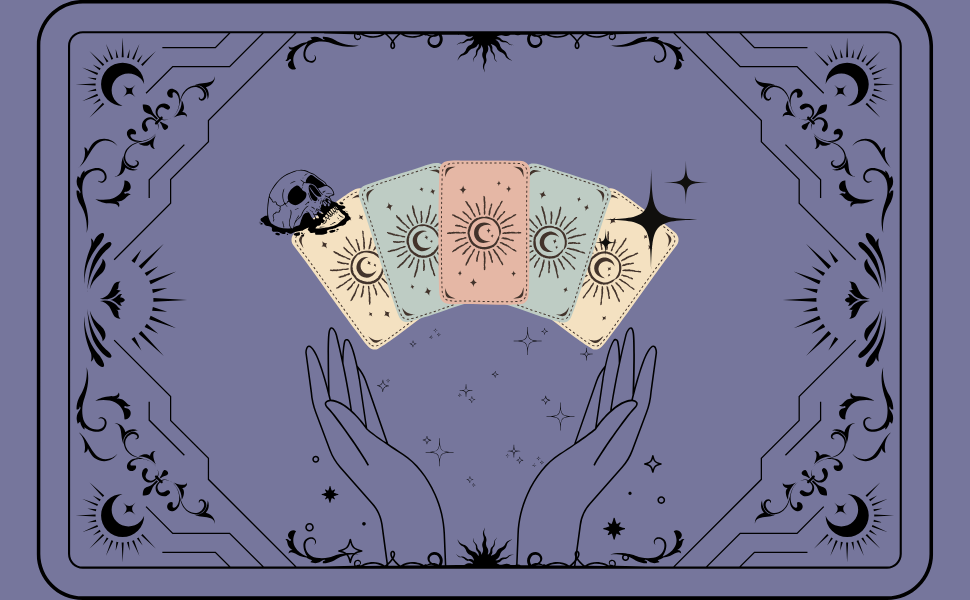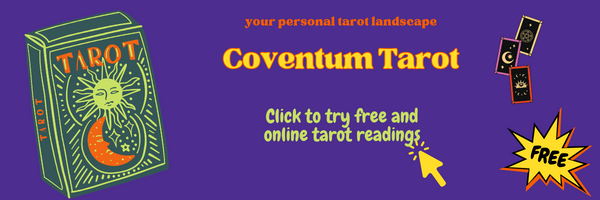Everyone loves to talk about Pluto’s 20-year journey through Aquarius in terms of astrology—but hey, isn’t it time we gave Tarot a bit of the spotlight? Tarot, with its rich archetypes, has just as much to say, if not more, about this transformative era—and yet, most people overlook it. Pluto, the guide to the underworld, aligns with the 13th card of the Major Arcana: Death. Aquarius? It dances onto the scene with the 17th card: The Star.
To uncover what Pluto’s two-decade stay in Aquarius might bring to both individuals and the collective, we can turn to the archetypal wisdom of tarot. Think of this period as a journey from the 13th card to the 17th—a tale of transformation, hope, and renewal. Quite the story, wouldn’t you agree?
An Archetypal Perspective on Pluto’s Aquarius Transit

Pluto, the guide of the underworld, aligns with the 13th card, Death, in the Major Arcana tarot deck. Aquarius, on the other hand, corresponds to the 17th card, The Star.
To predict what Pluto’s 20-year journey through Aquarius might bring to individuals and the collective, we can turn to an archetypal tarot reading. Viewing this period as a story that unfolds between the 13th and 17th cards in the Major Arcana is both intriguing and meaningful.
The Hero’s Journey
Try looking at the Major Arcana of tarot as if it tells the story of a hero’s journey. You might be surprised to find how closely it aligns with Joseph Campbell’s concept of the hero’s journey.
The Hero’s Journey is a universal motif of adventure and transformation found across virtually all mythic traditions. Campbell described it in his book The Hero with a Thousand Faces as a series of stages every hero undergoes. It starts with a call to adventure, followed by trials and tribulations, culminating in a victory that transforms the hero. The journey ends with the hero’s return, bearing newfound knowledge or power to benefit the community.

The Fool, the first card of the tarot, represents the young adventurer embarking on their journey. Now, it’s time for this traveler to take the 13th step—accompanied by Pluto.
A Tarot Tale of Transformation
The Death card heralds the descent into the underworld. It’s a call to release all the values and attachments we’ve accumulated as heroes—everything in our psyche that no longer serves us. This card speaks of shedding material possessions and personas that own us, clearing the path to discover our inner Star.
This is why Death carries the Mystic Rose on its black banner. This rose, Rosa Mystica, symbolizes spiritual consciousness. It whispers that to reach the stars, we must first descend into darkness. After all, don’t we only see the stars after the sun sets?
From Death to Stardust

The journey from Death to The Star is fraught with challenges, passing through some of the most daunting cards in the Major Arcana. Before arriving at The Star (17), we must traverse three intermediary cards: Temperance (14), The Devil (15), and The Tower (16). Each of these cards belongs to the underworld, and all carry dual meanings.
Death marks the threshold of rebirth. Crossing it awakens something powerful within us, a transformation hinted at by the Angel of Death.
Balancing the Waters of Life
Temperance attempts to harmonize opposites, blending the waters of two worlds without spilling a drop. It reminds us to balance and wisely channel the newfound life force stirring within us. This is the first sign of new understanding and depth emerging.
Towers Must Fall
Next comes The Devil and his domain, The Tower. The Devil embodies duality—masculine and feminine energies entwined, the wisdom of two worlds. Here, we are imprisoned within the Devil’s home. Trapped in shame, fear, and denial, we face all that we have rejected about ourselves—greed, envy, gluttony, and more. Though we try to ignore these disowned parts, they remain with us, strengthening behind the walls we’ve built.

At this point, it’s essential to remember the Devil’s original name: Lucifer, the Light-Bringer. Lucifer reminds us that light can only shine after descending into the depths.
At the moment of release, we often feel most lost. Terror strikes before liberation begins. It’s only when we are utterly lost that the light appears—shattering the Tower. The crumbling of the Tower symbolizes radical transformation, the collapse of false structures we’ve built around ourselves.
Breaking Towers, Finding Stars
The stars become visible only after the Tower falls. To reach The Star, we must let go of everything we’ve constructed to hide our true selves. Once the dust settles, birds will sing again, and the path will reveal its luminous destination.

Surrounded by seven small stars and one large one, The Star speaks of the journey through seven layers and seven paths, leading to the wisdom of Sophia, the archetypal symbol of the soul’s understanding. Sophia represents knowledge born of direct experience, something no book or word can define. This awakening comes only after traversing the wisdom of the seven planets.
A New World Awaits
Here we find the hero, kneeling, naked, and reborn, gathering the first dew of the day. This dew, said to fall from paradise, symbolizes the revival of potential and the rebirth of life after the “death” of the old self. As described in the Rosarium Philosophorum, the once-barren waters now flow with new vitality.
Our hero has reached the source, refreshed by the waters of renewal. And, of course, the deepest depths open the door to the stars—the dew of the heavens. Over the next 20 years, we’ll collectively traverse a chaotic path. Yet, when the dust clears, may we all breathe in the fresh air of “the dew that heralds the soul’s return.


